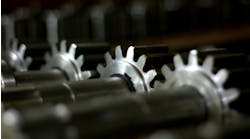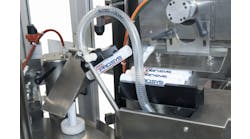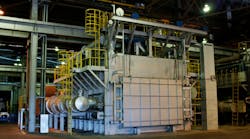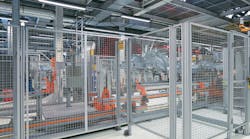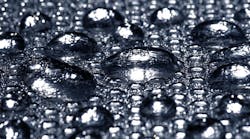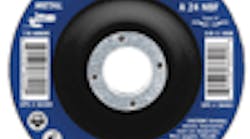Q: I have been asked to specify an oven or furnace to heat aluminum billets (6000, 2000, and 7000 alloys) for forging. It will be serving a fairly large forging press, over 2,500 tons. We hope to set the temperature without concerns about exceeding the required specifications.
A: Your specifications should include gas-fired ovens using radiant tubes only—no direct contact between products of combustion and the workloads. This helps to prevent atmospheric blisters on the forgings. Electric-fired ovens might be too expensive to operate.
The gas-fired ovens should be designed to have some type of conveyor system, likely a chain-driven belt for continuous operation. Thermocouples should be located in both the mid-zone and the final work zone to monitor the temperature. Periodic furnace temperature profiles with buried thermocouples in bars of up to four inches in diameter should be used to evaluate temperature uniformity. Also, I would check the soundness of the radiant heating tubes periodically; any leakages could result in the blistering mentioned.
If the furnace is used primarily for heating forging billets, the temperature controls need not be as precise as for heat treating. However, it's possible to use such a furnace for standby heat treating if the controls are adequate.
Calculating the furnace sizes for selected production output would take some time, and it would be based on the 1,000 pounds per hour requirement.
Furnace suppliers may offer more details; download the Forging Suppliers Directory.
For more than 40 years H. James Henning held key technical positions in the forging industry, including as director of technology for the Forging Industry Association, and as president of Henning Education Services, a Columbus, OH, firm specializing in customized education and training in forging technologies.
Guidelines and recommendations offered in this column are based on information believed to be reliable and are supplied in good faith but without guarantee. Operational conditions that exist in individual plants and facilities vary widely. Users of this information should adapt it, and always exercise independent discretion in establishing plant or facility operating practices.
